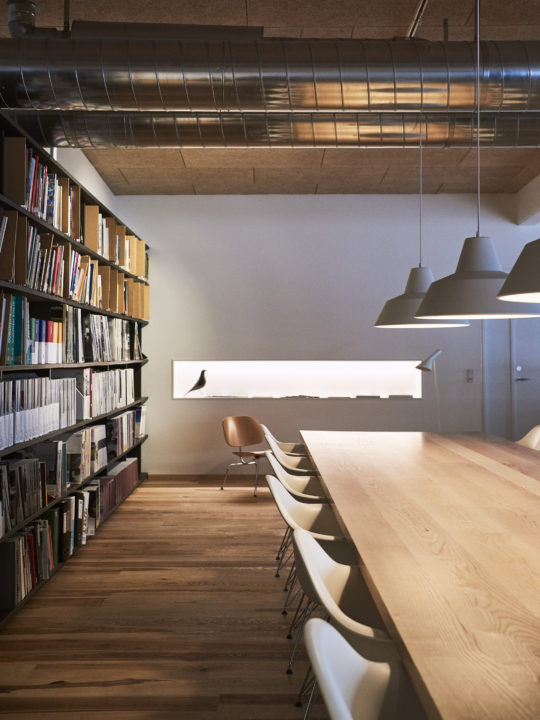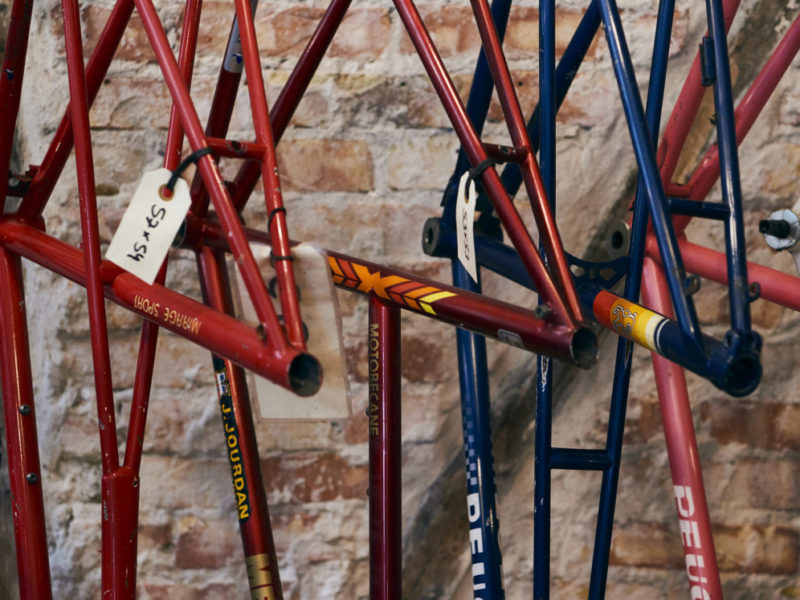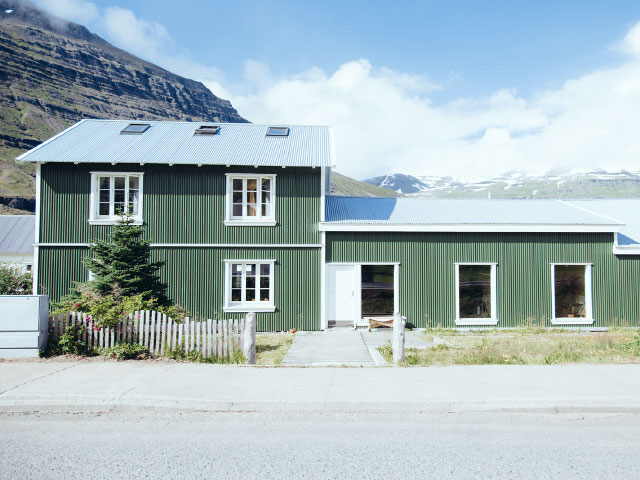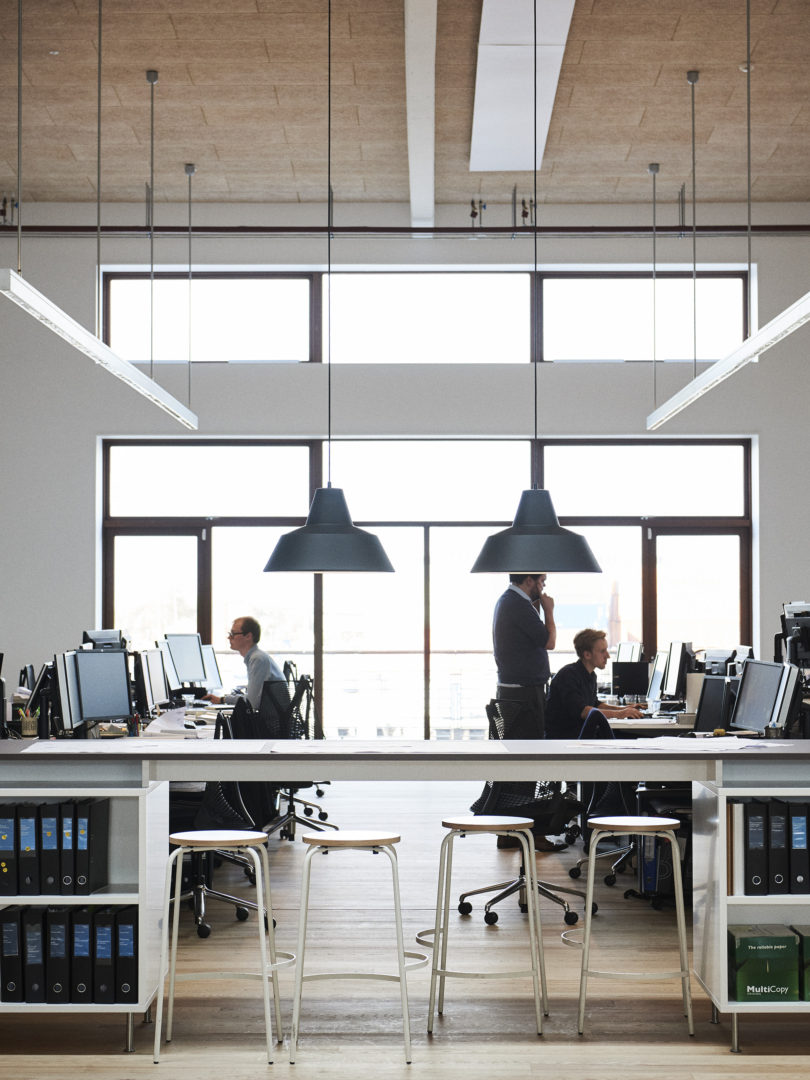
Gottlieb Paludan Architects
Gottlieb Paludan Architects was established in Copenhagen in 1901. GPA has through the years demonstrated continuity and quality and the capacity to develop beautiful architectural solutions that will stand the test of time. With their focus on the basic amenities of society such as reliable supplies of power, heating and water and such crucial functions as an efficient infrastructure and mobility, their mission is to shape better cities and societies with architecture of the highest technical and aesthetic quality. GPA has obtained international recognition and received several awards – latest for their work on Nørreport Station in Copenhagen.
What is GPA’s main focus and expertise in the field of architecture and design?
We work with architecture and infrastructure within two main market areas, which is energy & utilities and mobility & transport. In this way we deal with the physical design of some of society’s most fundamental functions. But we also work in other areas such as landscape, design and transformation. So we make everything from designing furniture or industrial design to building power plants.
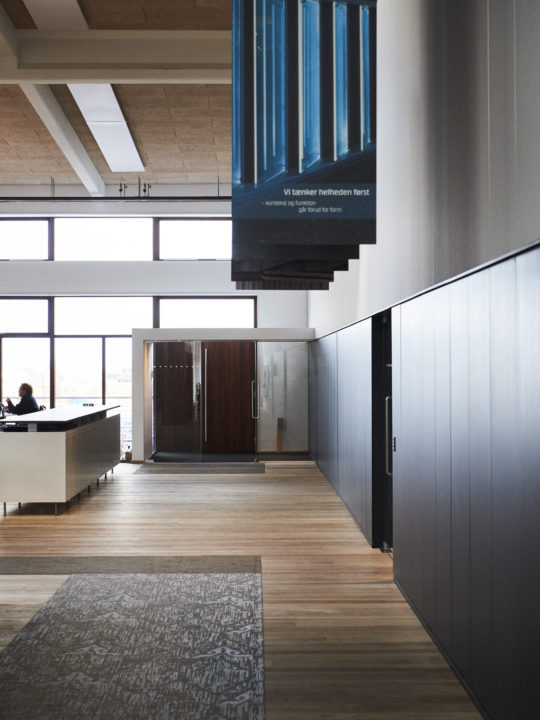
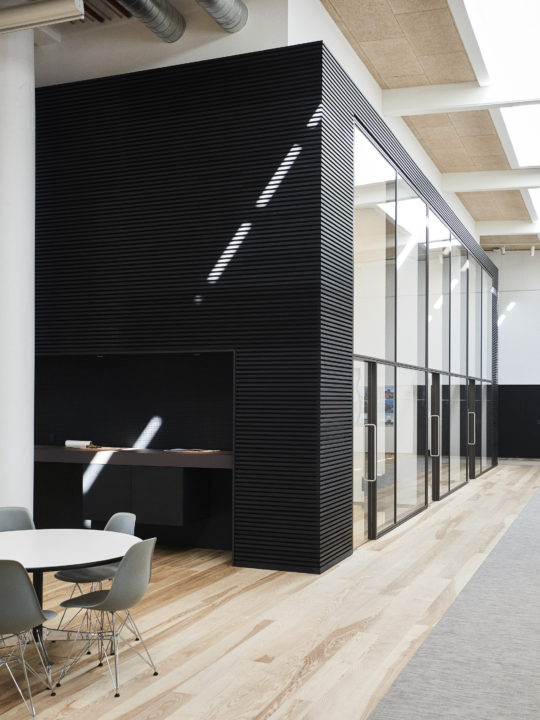
How do you unite highly technological architecture and aesthetics?
We built a transformer station in H.C. Ørstedsværket, which serves as a good example to describe the aesthetic challenges in uniting highly technological infrastructure and aesthetics. No one work inside the transformer station, so there was no need for daylight or windows. Therefore this building only needed one door and some ventilation, why we had to think of a different way to give character to the building. When you work with fewer elements, you just have to be more precise and creative and often the buildings turn out more sculptural. We get just as inspired by technical conditions as human conditions.
As design director, what do you pay most attention to in a project?
First of all I am very concerned about the correlation between form and function. I foremost want a building to serve its purpose in the best possible way and look beautiful and still suiting its surroundings.
Beauty is also in the details, which is why I want us to take the time to dwell over even the smallest details in our work. All kinds of work deserve the same amount of attention.
I also pay a lot of attention to the necessity of different parts in the process – I want us to cut everything to the bone. I won’t have anything obsolete, which is well connected to understanding the needs of the client and give priority to the right things during the process.
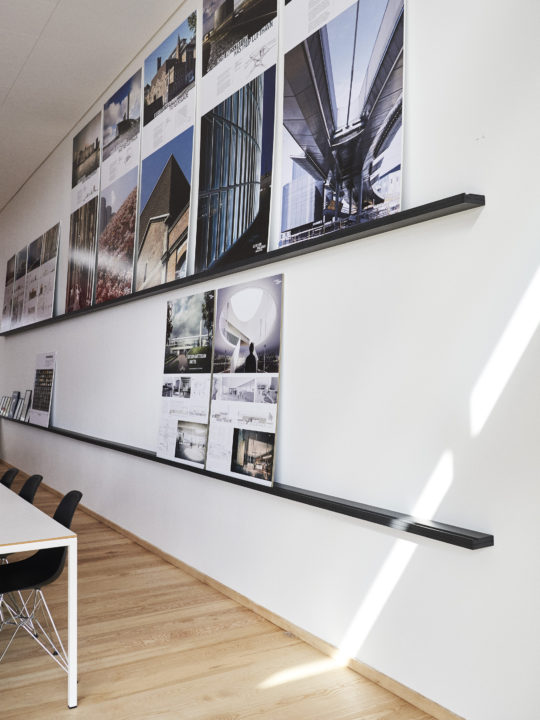
What has been your most interesting project this far?
We have had a lot of interesting projects, but I will put special emphasis on Hovedstadens Letbane (The light railway of Copenhagen), Sydhavns Metro (the metro of the South Harbor) and Aarhus H (Aarhus Central Station). But our own new office in Orienkaj in Copenhagen might be the most fun project I have been involved with. It was an exciting process building something for yourself and your colleagues, that has to reflect our architectural style and signature.
What key words would you use to describe GPA’s architectural style?
A holistic approach meaning that we want our buildings to play well with its surroundings. We create architecture that is understated, but beautiful and harmonious. We don’t want our architecture to pick up too much attention or break any barriers, but we do want it to be particular and beautiful. Likewise with the Made by Hand Workshop Lamp – which we installed in the office – it is a classic lamp that is beautiful without stealing too much attention from it’s surroundings.
For the same reasons we are focused on building simple, honest and timeless architectural solutions.
And again the correlation of form and function and our belief that everyday buildings such as a train station have the same claim on beauty as private houses and cultural buildings.
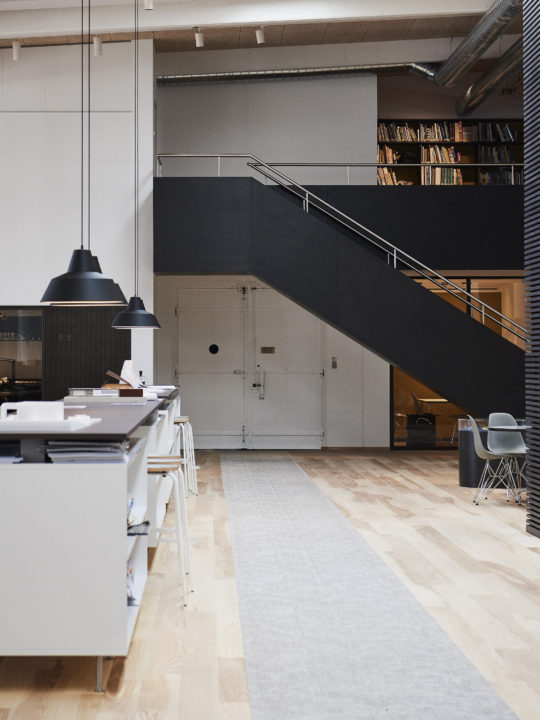
GPA just moved from Kalvebod Brygge to Orientkaj in Nordhavn, where all employees share the same big office space. What did you wish to accomplish with an open space office?
We wanted to create one holistic design office to incite a better and easier synergy and professional back-and-forth across departments. The workstations are placed along the windows and in the middle of the office we have a zone with meeting rooms and a “square” to hang out and a canteen space to eat lunch all together.
What was important to you and the team behind the interior design of your new office?
To create a good and inspiring workspace with a flexible interior design to accommodate special needs – for instance silent workstations or informal meetings. We also took light and sound conditions very seriously.
What needs did you have for lightning and how did the Workshop Lamp meet these requirements?
We actually worked out a programming of the light installations to create the optimal work environment.
It is always difficult to install a ceiling lamp in rooms with high ceilings. In the office we have 6,5 meters to the ceilings, but we felt quite secure in choosing the Workshop Lamp, which most of us architects know from the old School of Architecture in Charlottenborg. It gives a good light and looks beautiful in the room, but it also creates a “room” for meeting underneath it. I have noticed how people in the office tend to stand in the light beam discussing something.
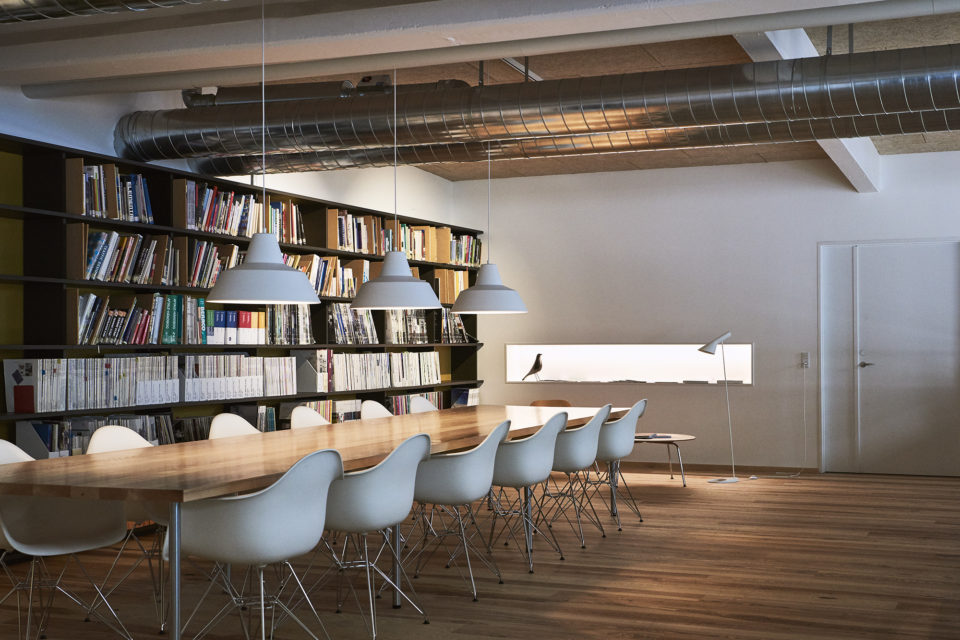
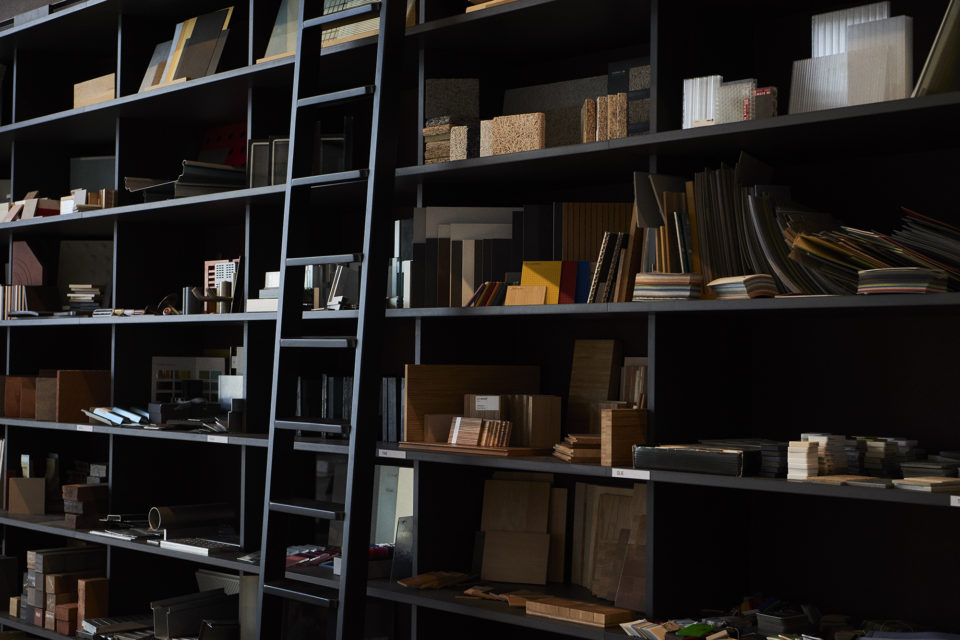
What characterizes Nordic design in your eyes?
Humanism, light, material, tactility, timelessness and simplicity.
I often experience the difference in competition with international architectural studios. The Nordic studios use light and materials in a different way and create a more textural or tactile feeling in the expression, which makes it more human and adds character and personality.
What does sustainability mean to you?
Sustainability is about choosing the right materials and assuring a good indoor climate. Sustainable architects take advantage of the power of the natural light and they work with materials that are long-lasting, recyclable, timeless and patinates beautifully.
But it is just as important to design well-proportionated rooms that are adjustable to changing needs.
